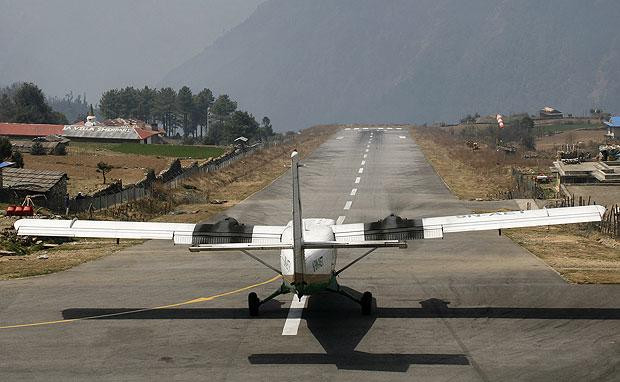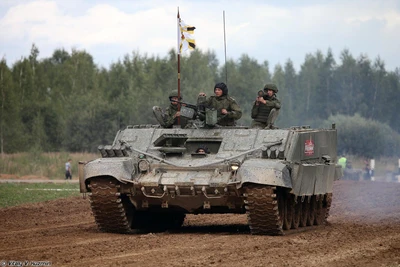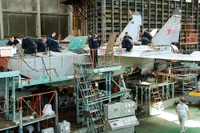 |
| Sân bay Courchevel của Pháp giống như một dốc trượt tuyết. Những phi công khi muốn hạ cánh xuống đây phải có được một sự cho phép đặc biệt. |
 |
| Sân bay quốc tế Don Muang ở Thái Lan. Thoạt nhìn, sân bay này không có gì đặc biệt, tuy nhiên nằm giữa 2 đường bay là 18 hố đánh gôn. |
 |
| Vì Gibraltar thiếu không gian phẳng nên đường bay và đường ô tô phải chung nhau. Khi máy bay cần hạ cánh, người ta phải dùng barrie chắn ô tô. |
 |
| Sân bay Barra ở Scotland này chỉ hoạt động theo ca. Mỗi năm, có 1.000 chuyến bay được thực hiện tại đây, nhưng chỉ khi thủy triều rút |
 |
| Sân bay Paro ở Bhutan được bao bọc bởi rặng núi Himalya cao 5.000 mét. Sân bay Paro đòi hỏi những phi công cực kỳ giỏi vì không khí ở đây rất loãng |
 |
| Sân bay Tenzing-Hillary ở vùng núi với độ dài 527 mét và nằm ở độ cao 2.860 mét trên mực nước biển. Rất hiếm có sân bay nào nằm ở độ cao này. |
Phương Hà (Theo Telegraph)









































